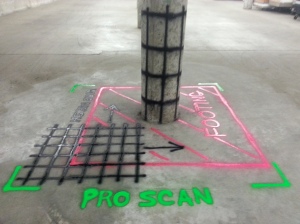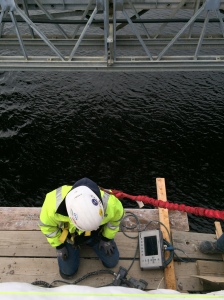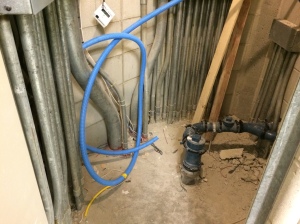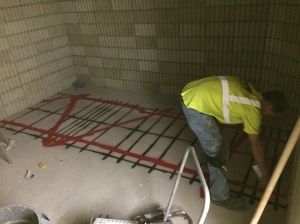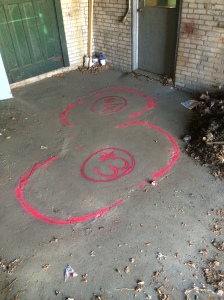
Post-tensioning, or PT, has become increasingly popular over the past 30 years or so as the technology has been perfected. Post tensioning is a technique for reinforcing concrete. Post-tensioning tendons, which are prestressing steel cables inside plastic ducts or sleeves, are positioned in the forms before the concrete is placed. Afterwards, once the concrete has gained strength but before the service loads are applied, the cables are pulled tight, or tensioned, and anchored against the outer edges of the concrete.
Post-tensioning is a form of prestressing. Prestressing simply means that the steel is stressed (pulled or tensioned) before the concrete has to support the service loads. Most precast, prestressed concrete is actually pre-tensioned-the steel is pulled before the concrete is poured. Post-tensioned concrete means that the concrete is poured and then the tension is applied-but it is still stressed before the loads are applied so it is still prestressed.
We were recently contracted to locate and identify post-tensioned cables in a structural slab on the top floor of a parking garage. Our technician, shown above, is marking out the post-tensioned cables in red paint on the floor of the garage. Ground Penetrating Radar (GPR) is a useful tool in identifying many structural components that are embedded in concrete.
If you are an engineer or general contractor please give us a call at 617-799-9777 or send an email to contact@pro-scanning.com to discuss your project and see how we can help.



